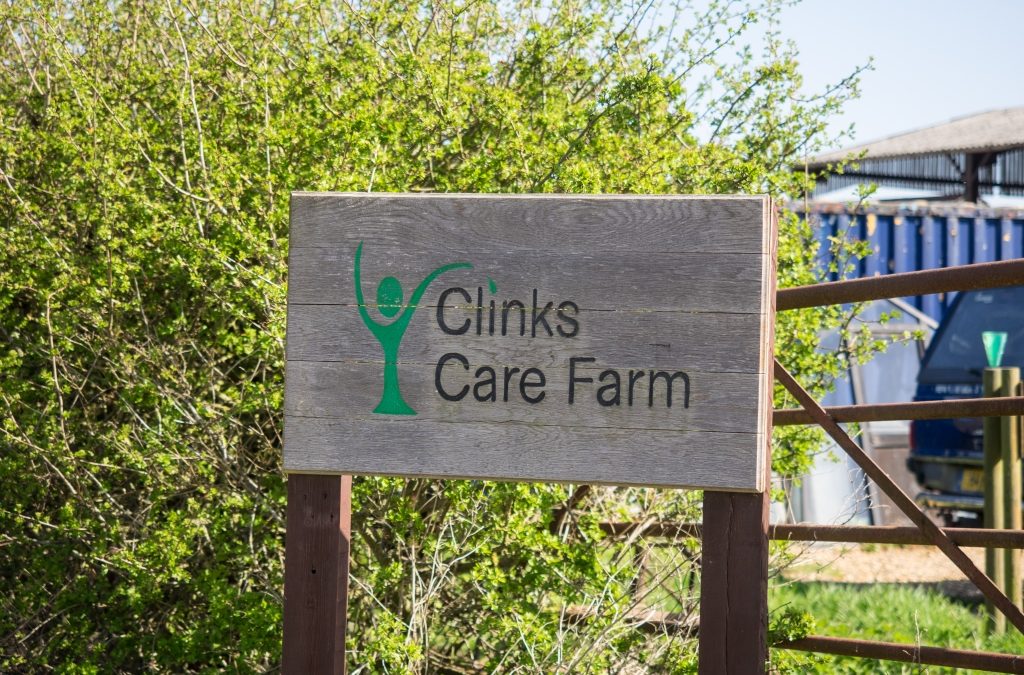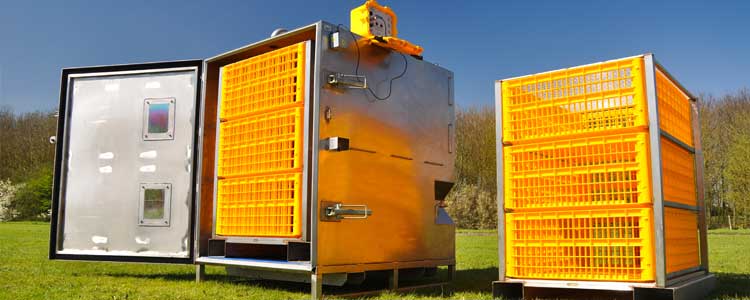Last week, the UK’s Chief Veterinary Officer (CVO), Dr Christine Middlemiss warned that avian influenza was at a “phenomenal level”. Fast forward to today, the Animal and Plant Health Agency (APHA) stated that there have now been 60 confirmed cases of avian influenza H5N1 in premises across England (50), Scotland (5), Wales (3), and N.Ireland (2).
It has been disclosed that the outbreak currently sweeping the UK, started on October 26th on a premise in Worcestershire, where an estimated 49 mixed captive, non-poultry birds had to be humanely culled.
Within the two weeks that followed, a further five premises across the UK started reporting cases in their farms. The numbers ranged from an estimated 12 chickens on a backyard premise in Wrexham to a premise in Yorkshire culling an estimated 128,000 laying hens.
At the beginning of November, the government implemented a bird flu prevention zone across England, Scotland and Wales. The avian influenza prevention zone required all bird keepers to legally follow strict biosecurity measures to help protect their flocks, with people with more than 500 birds restricting access for non-essential visitors.
According to records, these measures were not able to successfully contain the outbreak, with farmers across the UK fearing for their livestock and livelihood, especially heading into the busy seasonal period.
As the UK hit the third week of November, cases continued to spread across the country. From the 19th November, cases started to rapidly rise. Over the space of a week, 13 cases were reported on premises in Derbyshire, Bournemouth, Cumbria, Essex, Cheshire, Norfolk, North Yorkshire, Leicester and Lancashire.
Across the 13 premises, over 138,000 birds had to be culled including broiler turkeys, turkey breeders, free range layer hens, broiler geese, ducks, broiler hens and ornamental birds due to the spread of the notifiable disease.
By the fourth week of November, the UK government announced drastic measures in order to contain the deadly highly pathogenic HPNI H5N1 strain. In a bid to save Christmas, the Department for Environment, Food and Rural Affairs (Defra) advocated the measures, stating that the matters were “serious” and that they would safeguard the Christmas poultry market, avoiding a major cull.
From the 29th November, all chickens, turkeys, ducks and geese were forced into a lockdown. In total, the UK suffered 22 cases of avian influenza in November. Despite efforts, cases have continued to rise at an alarming rate across the UK. In the first 2 weeks of December, 24 cases of avian influenza were announced.
The National Farmers Union commented on the situation, stating that “vigilance is key with this disease” and that “protecting bird health and welfare” was a number one priority.
Despite intervention from some of the biggest animal welfare groups in the UK, the bird flu pandemic still shows no signs of stopping and has affected more counties across the UK, including Suffolk, Lincolnshire, Newcastle, Derby and Gretna after 11 new cases have occurred within the past week.
It isn’t just farming locations that AI is affecting at the moment, with wild birds also falling victim to the disease. Reports show that local swans in Essex have also suffered an outbreak and up to 10% of the global population of the rare barnacle geese population have been wiped out due to the spread.
CVO, Dr Middlemiss believes that biosecurity is key to minimising the spread any further, stating that “we are going to need to keep up these levels of heightened biosecurity” throughout the entire migratory season, which has only just started.
So far, since the start of the outbreak over 2.18 million birds have been depopulated from UK locations. With several months of the migratory season left, biosecurity will no doubt be one of your main priorities. Speak to us to build your bespoke biosecurity contingency plan and protect your animals and your business now info@livetecsystems.co.uk.








